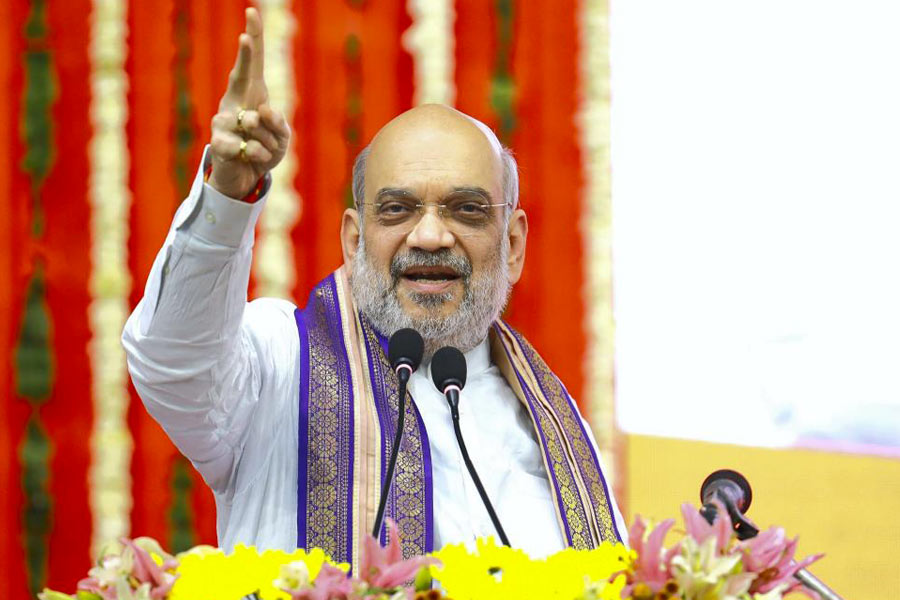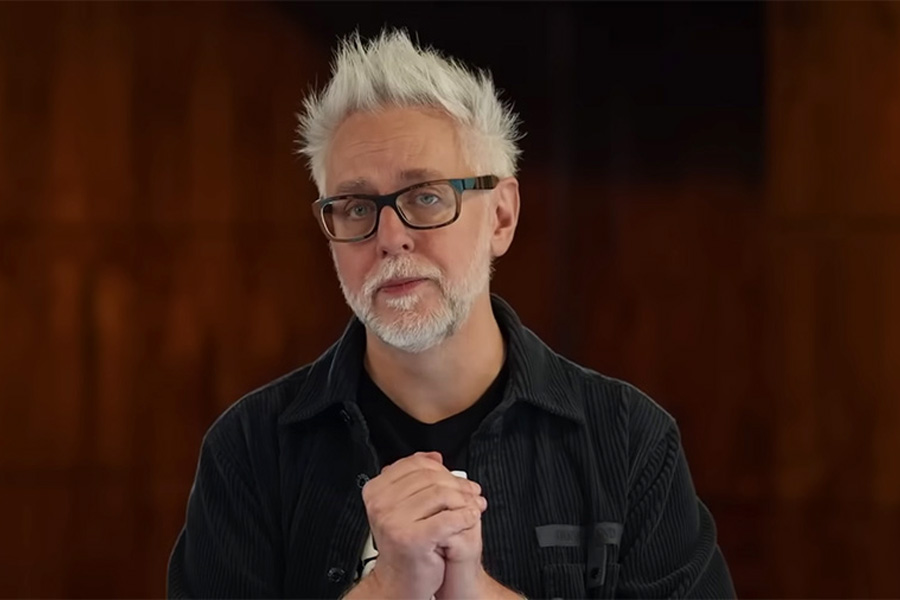Days after the successful lunar landing of Chandrayaan-3, the chairman of the Indian Space Research Organisation, S. Somanath, visited the Pournamikavu Bhadrakali temple in Thiruvananthapuram, Kerala. Confronted with the often-asked question to scientists about how they reconcile their faith with their scientific temper,
Somanath said that science and spirituality for him are two sides of the same coin; the former allows him to explore the “outer self” while the latter helps him explore the “inner self”.
Somanath’s statement brought to the fore the decades-old question about the seemingly contradictory coexistence of religiosity and scientific temper in India. This supposed oddity was on full display at a time when the country celebrated a
historic scientific feat. Even before the launch of the lunar mission, Somanath and his colleagues had visited a temple in Tirupati, rattling a certain section of liberals who seem to expect scientists to be vocal and devout atheists. As Chandrayaan-3 landed on the moon, many of them rushed to social media to declare that the achievement was a victory of science and scientific temper, and not superstition. Meanwhile, thousands of Indians belied the simplistic science-religion binary as they performed havans and offered namaz across the country for the success of Chandrayaan.
Despite the normative distinction between science and religion as two separate and oppositional worldviews — the former implying rationality and an evidence-based way of seeing the world and the latter symbolising superstition and irrationality — the two have had a far more complementary and coexistent relationship in India. Even in the West, where the strict binary between science and religion as two exclusive and oppositional domains first emerged and was then exported across the world through colonialism and globalisation, their relationship is far more complex than it appears. In a study on the religious lives of American scientists, the sociologist, Elaine Howard Ecklund, found that in contrast to the popular perception, most scientists do not see a contradiction between science and religion. However, atheistic scientists, she argues,
tend to be more vocal about their atheistic views, while their religious counterparts downplay their religious beliefs in public for the fear of having their scientific competence doubted.
In India, such a silencing does not exist despite a vocal minority’s insistence on the separation between science and religion. The sociologist, Renny Thomas, who conducted an ethnographic study on the religious beliefs of Indian scientists in Bangalore, argues that most scientists from different religious backgrounds he met were extremely comfortable leading their religious lives and did not see their dual identities as scientists and religious persons to be contradictory or hypocritical. Interestingly, even the atheism followed by Indian scientists did not correspond to the hyperrationalist strain of atheism found in the West. According to Thomas, while the atheistic scientists he met may not have believed in the existence of god, their cultural lives were influenced by their religious and caste identities. For instance, even if
atheistic scientists would not pray, several of them would visit places of worship because the practice, they felt, was rooted in their culture. A number of them would participate in the ayudha puja, in which machines are worshipped, within their workplaces and laboratories as the puja would be seen as a part of culture, not religion. Religion in India, Thomas argues, goes beyond the belief in god; even while some scientists did not believe in god, they “belonged to the larger cultural framework of their religions.”
This defiance of the Western binary between science and religion by Indian scientists has always been an irritant for several Western-style atheists who expect a total banishment of religion as a prerequisite for embracing science. For example, P.M. Bhargava, an Indian biologist and promoter of the scientific temper, would accuse Indian scientists of living “double lives” and being “just as superstitious as any other group.” What remains unaddressed in such assertions, however, is the fact that the rigid opposition between science and religion, wherein the ideals of science are compared with the realities of religion, came to India in the 19th century during the British rule. The historian, Gyan Prakash, argued in Another Reason: Science and the Imagination of Modern India: “The British saw empirical sciences as universal knowledge, free from prejudice and passion and charged with the mission to disenchant the world of the ‘superstitious’ natives, dissolving and secularizing their religious world views and rationalizing their societies.” The cultural authority of science was used as yet another discriminatory tool against Indians whose centuries-old scientific ideas and practices, which were not necessarily opposed to religion, were rendered unscientific under the new ideals of secular science personified by the British. The hegemonic cultural authority enjoyed by modern science was accepted not just by the secular elite educated in Western-style institutions but also the Hindu intellectuals of the time who sought to adapt what they saw as their ancient beliefs and philosophies to the ideals of modern science. As argued by Prakash, “For Hindu intellectuals, this quickly became a search for an archaic science, for it was in the representation of a scientific past that they sought to locate a Hindu universality in Hinduism.”
It is easy to pick up some preposterous statements by Hindu nationalists which seek to make absurd connections between ancient Hindu practices and modern science and highlight their supposed aversion to scientific temperament. However, doing so would be intellectually lazy. As argued by Banu Subramaniam in her book, Holy Science: The Biopolitics of Hindu Nationalism, by and large, Hindu nationalism sees science and religion not as oppositional forces but as syncretic collaborators. “Hindu nationalists,” she says, “celebrate both the Vedic sciences and the scientific Vedas.” Their endeavour, therefore, is to adapt Hinduism, as they see it, along the lines of modern science and vice-versa. Far from being an outright rejection, it is instead an active endorsement of the cultural authority of science.
It is perhaps no coincidence then that out of the six sarsanghchalaks of the Rashtriya Swayamsevak Sangh, five have been educated in the modern sciences —
K.B. Hedgewar was a physician; M.S. Golwalkar was a biologist who taught zoology; Rajendra Singh Tomar was a physicist who served as the head of the physics department at the University of Allahabad; K.S. Sudarshan was trained as an engineer, and the current RSS chief, Mohan Bhagawat, is a veterinary doctor. That an unabashedly Hindu nationalist government would ecstatically celebrate scientific achievements is, thus, not surprising. This is not to argue that Hindu nationalism has some unique connection with science, but instead to concede that there are often no obvious correlations among one’s political views, religious beliefs and scientific outlook.
Sanya Dhingra is the author of an upcoming book on ayurveda










